7 GPTs for Museum Visits Powered by AI for Free of 2025
AI GPTs for Museum Visits are advanced, generative pre-trained transformer tools specifically designed to enhance the museum-going experience. They leverage the power of AI to provide tailored information, interactive guides, and educational content, making them invaluable for both visitors and museum professionals. These tools can adapt to various tasks related to museum visits, such as offering personalized tour experiences, answering visitor inquiries in real-time, and providing detailed insights about exhibits and collections. By utilizing natural language processing and machine learning, they can understand and respond to a wide range of queries, making the museum visit more engaging and informative.
Top 7 GPTs for Museum Visits are: Artwork Explorer,Museum Explorer GPT 🏛️,Museum,dm2find 🇯🇵 Japan,Hieroglyph Translator,Gallery Guide,Viola Chilena
Artwork Explorer
Discover Art's Story with AI
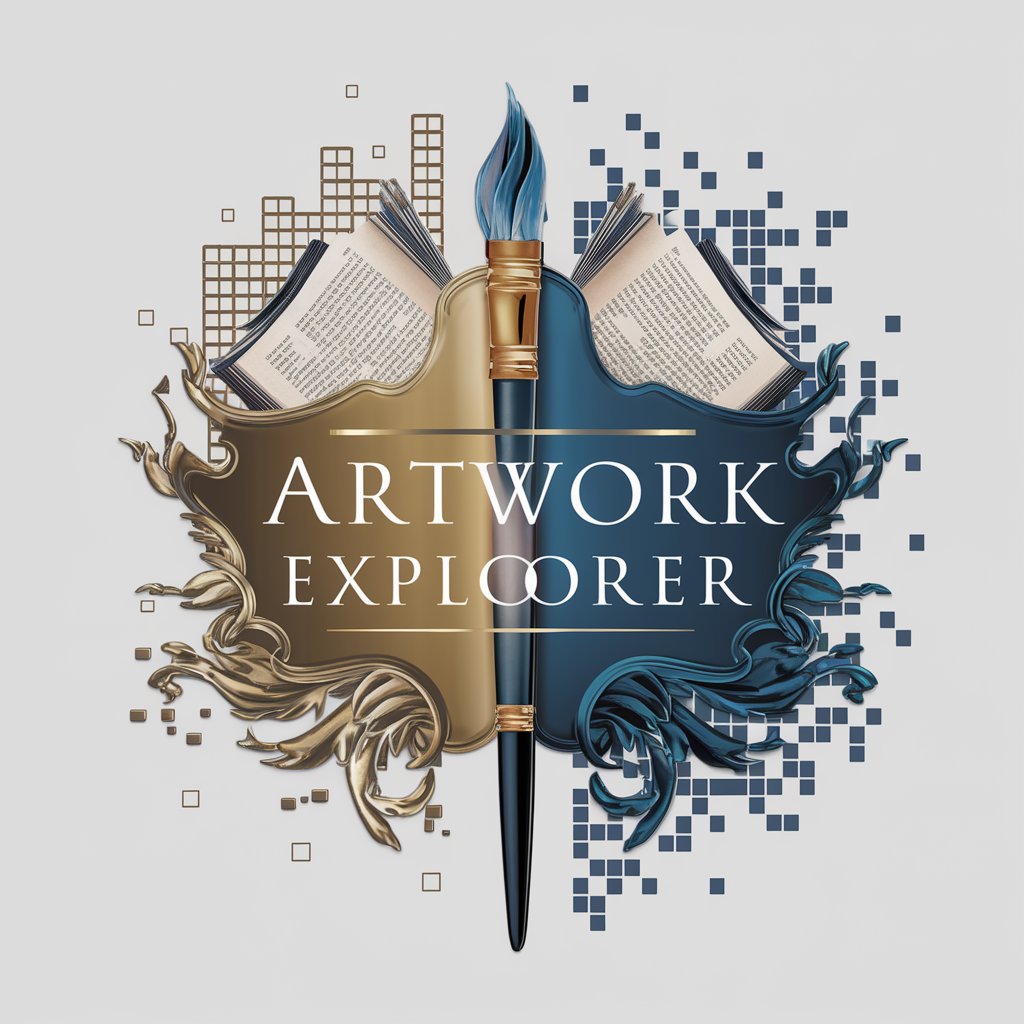
Museum Explorer GPT 🏛️
Exploring history with AI-powered insights.
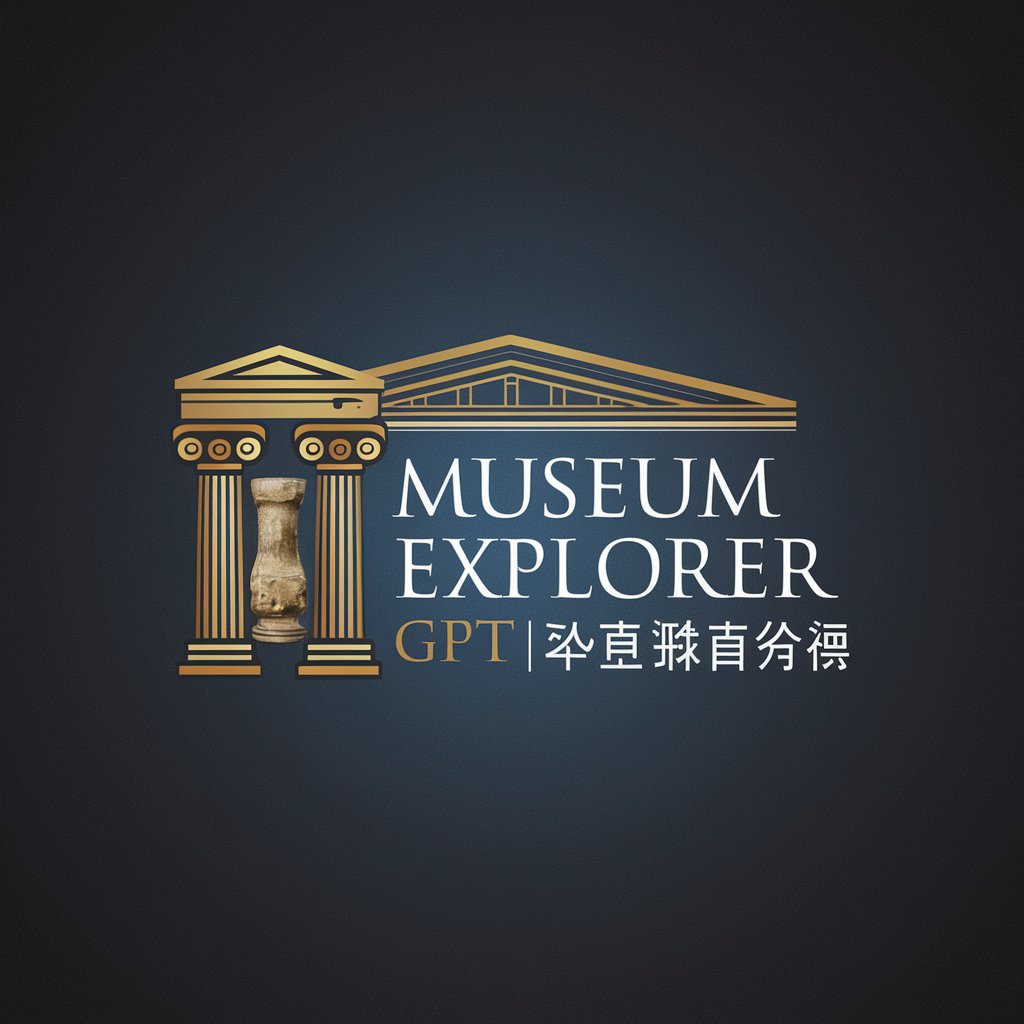
Museum
Explore art, powered by AI
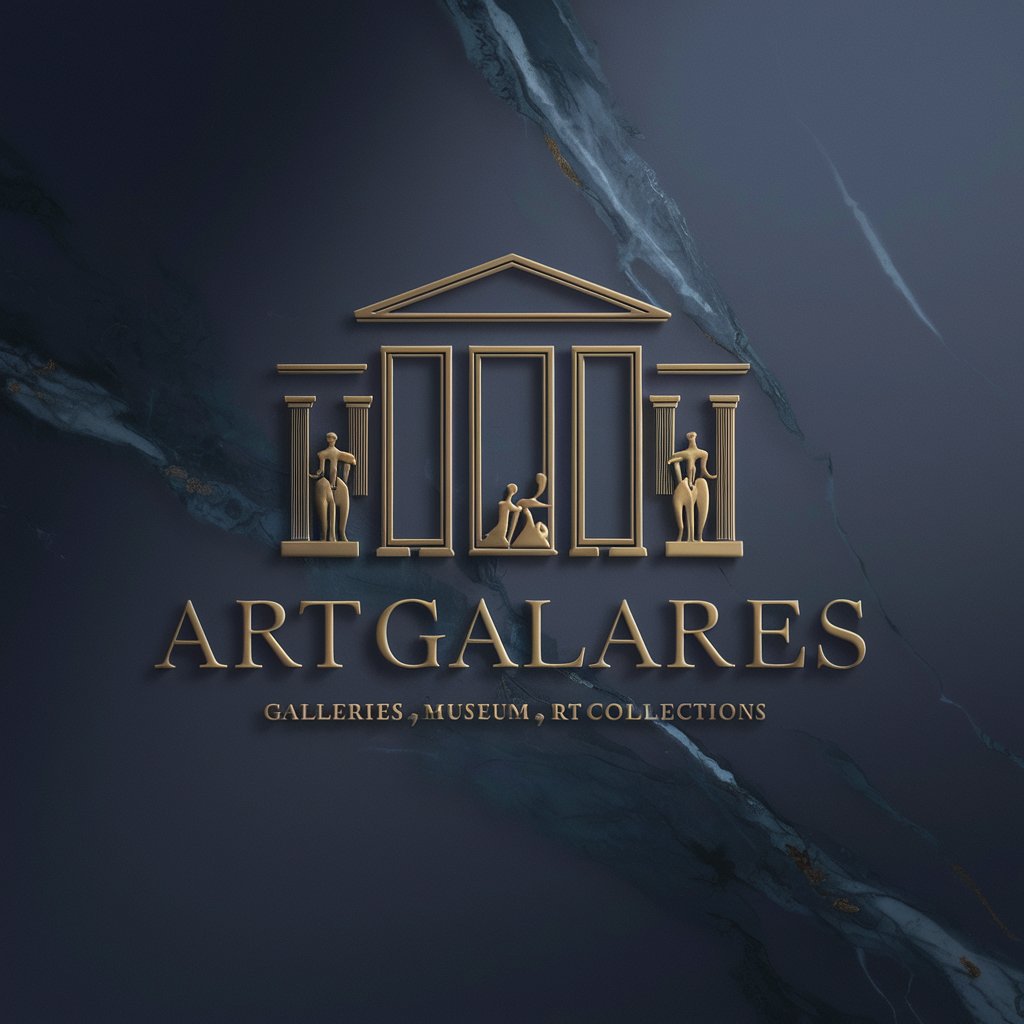
dm2find 🇯🇵 Japan
Connecting Japan's Events with AI
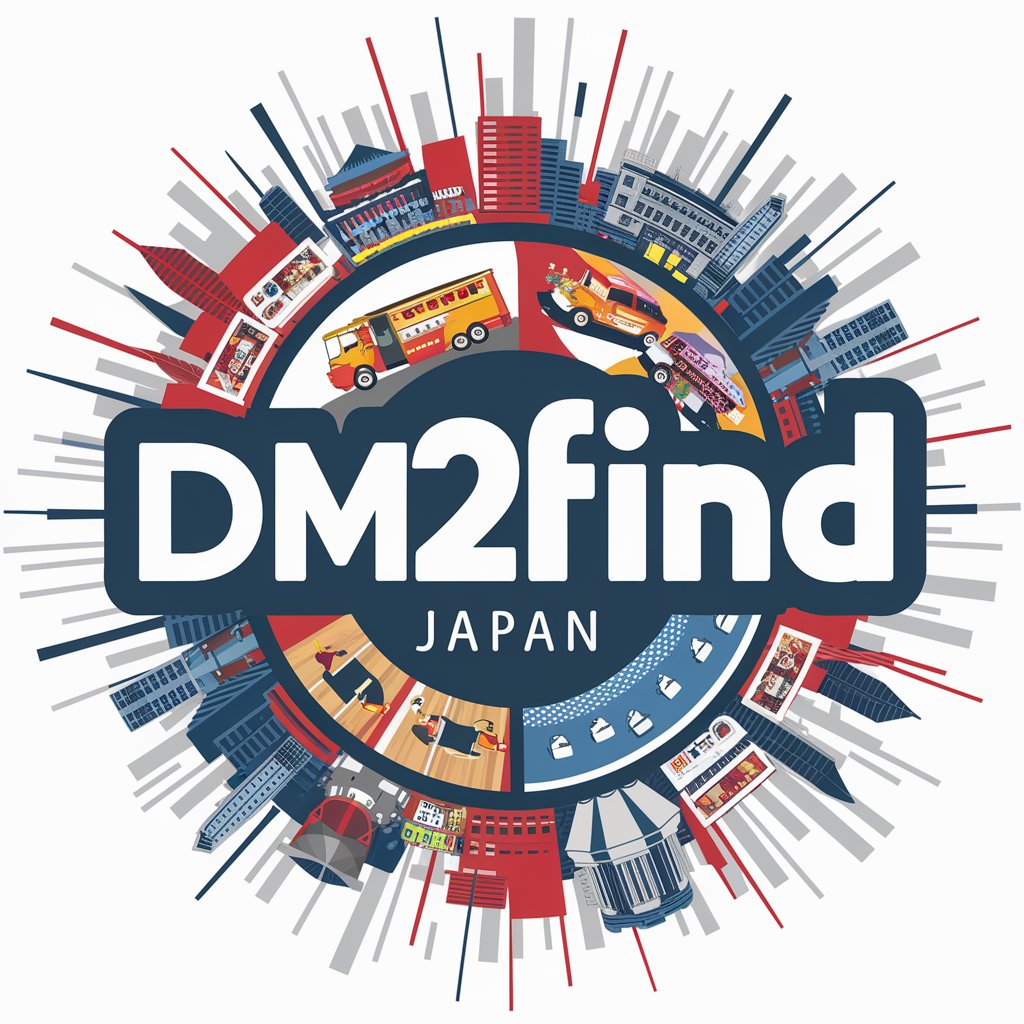
Hieroglyph Translator
Bringing Ancient Egypt to Life with AI
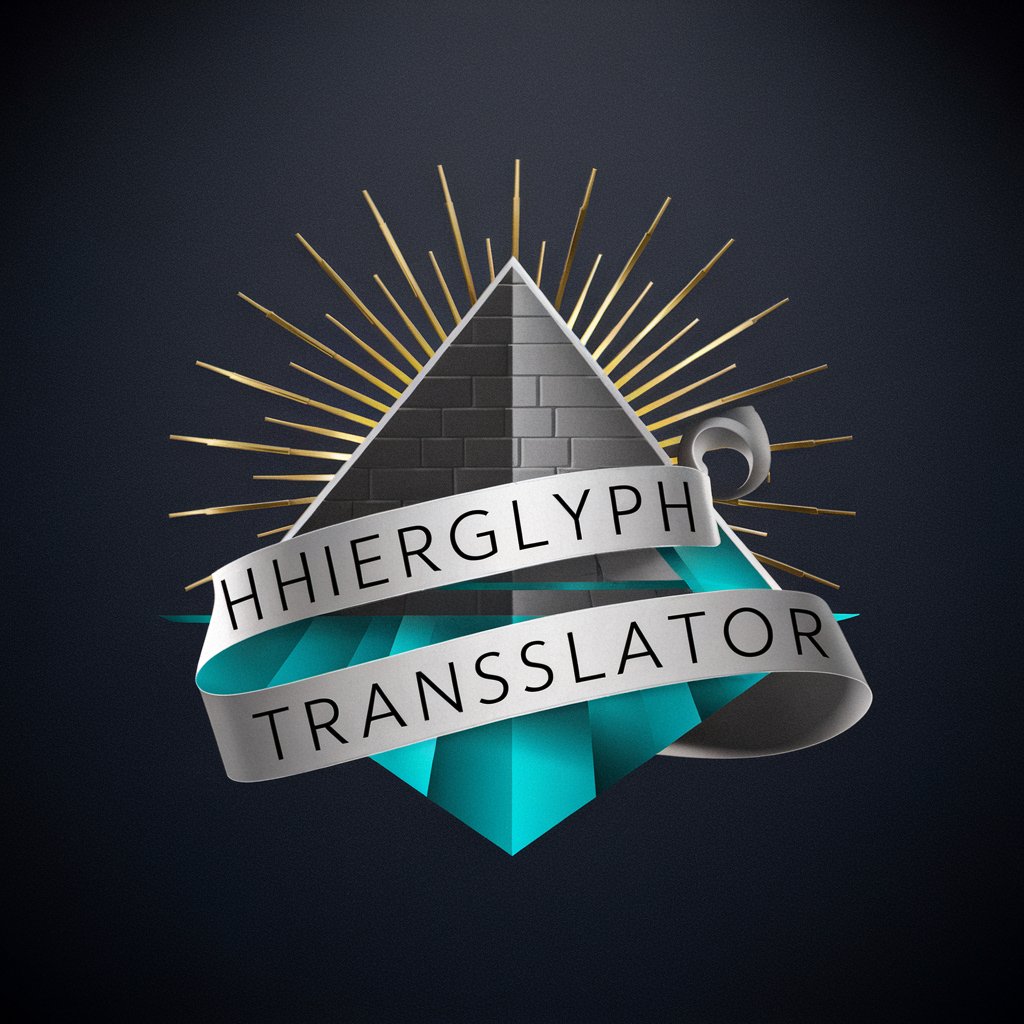
Gallery Guide
Visualize and Discover Art Intelligently

Viola Chilena
Explore Violeta Parra's Legacy with AI

Essential Attributes of AI GPTs for Museum Engagement
AI GPTs for Museum Visits stand out due to their adaptability and range of functions tailored for the museum context. Key features include interactive guide capabilities, real-time information provision, and personalized tour experiences based on visitor preferences and interests. These tools also offer multilingual support to cater to a global audience, enabling museums to provide accessible and inclusive content. Advanced image recognition and generation features allow for immersive visual storytelling, enhancing the visitor's engagement with the exhibits. Furthermore, data analysis capabilities enable museums to gather insights on visitor behavior, helping to improve the overall museum experience.
Who Benefits from Museum-Focused AI GPTs
The primary beneficiaries of AI GPTs for Museum Visits include museum visitors looking for a more interactive and informative experience, museum professionals seeking to enhance engagement and educational value, and developers or technologists aiming to create customized solutions for cultural institutions. These tools are designed to be accessible to individuals without programming skills, offering user-friendly interfaces and pre-set options, while also providing advanced customization capabilities for those with technical expertise, allowing for a wide range of applications within the museum sector.
Try Our other AI GPTs tools for Free
Pokémon Training
Discover how AI GPTs for Pokémon Training can transform your strategy with personalized advice, team optimization, and dynamic learning tools tailored to all levels of expertise.
Treasure Hunting
Explore the cutting-edge intersection of AI and treasure hunting with our AI GPT tools, designed to unlock the secrets of the past through advanced data analysis, language processing, and more.
Email Briefing
Discover how AI GPTs for Email Briefing revolutionize email communications with personalized, efficient, and automated solutions tailored to your needs.
Scheduling Automation
Discover how AI GPTs for Scheduling Automation can streamline your scheduling tasks with advanced machine learning capabilities, offering a user-friendly solution for efficient time management.
Professional Appreciation
Discover AI-powered GPT tools designed for Professional Appreciation, enhancing feedback, recognition, and continuous learning in professional settings.
Customer Gratitude
Discover how AI GPTs for Customer Gratitude can transform your customer relationships with personalized, thoughtful expressions of thanks, enhancing loyalty and satisfaction.
Expanding Horizons with AI in Museums
AI GPTs as customized solutions can significantly enhance the museum experience by offering more interactive and personalized visits. They bridge the gap between traditional museum tours and the dynamic expectations of modern visitors, providing a platform for lifelong learning and discovery. Their user-friendly interfaces ensure that these advanced tools are accessible to a broad audience, while their integration capabilities allow museums to seamlessly incorporate them into their existing operations, enriching the cultural and educational value of museum visits.
Frequently Asked Questions
What exactly are AI GPTs for Museum Visits?
AI GPTs for Museum Visits are artificial intelligence tools designed to enhance the experience of museum visitors through personalized guides, educational content, and interactive experiences, utilizing natural language processing and machine learning.
How can these AI tools improve the museum experience?
They provide interactive, tailored experiences, answer questions in real-time, offer multilingual support, and can generate immersive storytelling through advanced image recognition and generation capabilities.
Who can benefit from using AI GPTs in museums?
Visitors seeking enriched experiences, museum professionals looking to enhance engagement, and developers or technologists creating customized applications for cultural institutions.
Do I need programming skills to use these AI GPT tools?
No, these tools are designed to be accessible to non-programmers with user-friendly interfaces, while still offering customization options for those with technical expertise.
Can AI GPTs support multiple languages?
Yes, they provide multilingual support, making museum content accessible and inclusive for a global audience.
How do these tools personalize the museum visit?
By analyzing visitor preferences and interests to offer personalized tour experiences and content, making each visit unique.
Are there any privacy concerns with using AI in museums?
These tools are designed with privacy in mind, ensuring data is handled securely and in compliance with relevant regulations.
Can AI GPTs integrate with existing museum systems?
Yes, they are designed for easy integration with existing museum systems and workflows, enhancing rather than replacing current technologies.